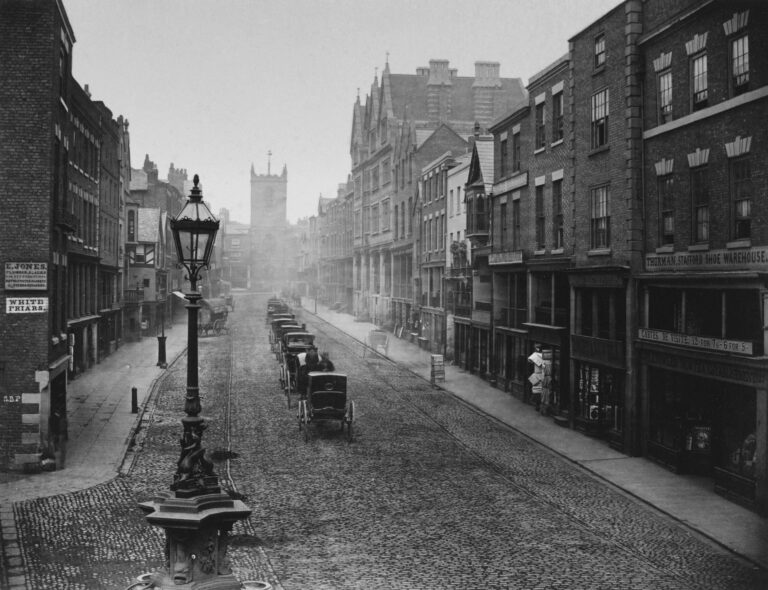Satoko Okudera, Screenwriter of Japan’s 2026 Oscar Entry, Opens Up About Shifting Industry for Women
For more than 30 years, a significant, yet very subtly acknowledged, force has been influencing some of the most popular Japanese stories of the nation. She is Satoko Okudera, and her screenplays have been the vehicles for the success of movies that initially won the hearts of local people but eventually spread their impact worldwide. Okudera’s oeuvre is, indeed, a celebration of storytelling capacity to impact deeply humanized experiences, whether it be via the anime, “The Girl Who Leapt Through Time”, a touching coming-of-age story, or Kokuho, Japan’s 2026 Oscar submission.
After achieving so much, Satoko Okudera is still only a faintly visible creative, a name industry insiders are more familiar with than the general public. The screenwriters in Japan usually face such a fate, in which they become the least recognized contributors of the works while directors and actors get the most credit. Now, as her works continue to set new records and receive praise from all over the world, the stage is being prepared for one of the brightest minds in cinema to receive her well-deserved acknowledgment. Satoko Okudera, on rare occasions, opens up about her path, her work style, and her opinion on the evolution of gender issues in the Japanese film industry.
From Student Competitions to Cinematic Success
Satoko Okudera’s journey as a writer began not in a bustling film studio but with a simple love for words. In an IndieWire interview, she explained, “I loved constructing sentences and fitting words together.” This early passion led her to enter writing competitions while she was still a student. After several attempts, she won, a victory that would serve as the launchpad for an incredible career.
Her professional debut came with the 1993 film “Moving,” directed by the legendary Shinji Somai. The film, which centers on an elementary school student, is now considered a masterpiece of Japanese cinema. Satoko Okudera believes she was chosen for the project precisely because she was an amateur at the time, able to capture the authentic essence of childhood. This project set the tone for her future work, establishing her talent for crafting deeply human and relatable characters.
Crafting Characters That Feel Real

Satoko Okudera’s characters are one of the most prominent features of her screenplays, and they are absolutely credible. Her characters are not exaggerated stereotypes or theoretical flawless characters; instead, they are reflections of real people, with the common human characteristics that make them real. This can be seen most clearly in her depiction of women.
Growing up, Okudera felt a deep frustration with how women were often depicted on screen. In the same interview, she recalled, “When I would watch movies as a child, women were portrayed as the sexy tool or the device to drag the male character’s feet. “Why can’t they be more human? Why can’t they save themselves from a pinch rather than always having to rely on the male character?” This frustration fueled her desire to write strong, independent female protagonists who feel genuine and speak their minds—a hallmark that resonates throughout her body of work.
Her philosophy is simple but powerful: she creates characters she believes could exist in the real world. This approach ensures that whether the story is a fantasy, a horror, or a historical drama, the emotional core remains grounded and deeply resonant with the audience.
The Art of Adaptation and Collaboration
Many of Satoko Okudera’s most celebrated works, including “The Girl Who Leapt Through Time” and “Wolf Children”, are adaptations of existing novels or manga. For her, the process of adaptation is an act of love. In the IndieWire interview, she says, “Whenever I’m adapting from an existing work, my first step is to fall in love with it.” She sees herself as a fan, eager to share an amazing story with a wider audience. This perspective allows her to translate the impactful moments of the source material to the screen without creating a simple carbon copy.
One of the most notable aspects of her work is the collaborations with renowned anime director Mamoru Hosoda, with which they achieved great success. Their way of working was like a dialogue of different views, and in each case, it was different. They adapted the book for the animation of “The Girl Who Leapt Through Time”, but “Wolf Children” was a more joint scriptwriting process, and they exchanged drafts to develop the story one more layer at a time. Her close relationship with this director has resulted in a trilogy of timeless animated masterpieces that have had a profound influence on the industry.
Overcoming Challenges as a Woman in a Male-Dominated Industry
For decades, the Japanese film industry was a challenging environment for women. Satoko Okudera was often the only woman in rooms where key creative decisions were made. Her opinions were frequently overlooked, and she watched as heroines were reshaped to serve a male audience.
However, she has witnessed a significant shift over the past decade. The rise of female producers and directors has created a more inclusive environment where women’s perspectives are not just welcomed but sought after. This evolution has been a long time coming, and Satoko Okudera is thrilled to see women at the forefront of Japan’s internationally recognized cinema today.
As her latest film, “Kokuho,” achieves massive success and a North American release, the world is finally giving Satoko Okudera the recognition she so richly deserves. Her journey is an inspiring story of passion, persistence, and the quiet power of a writer whose words have moved millions.






